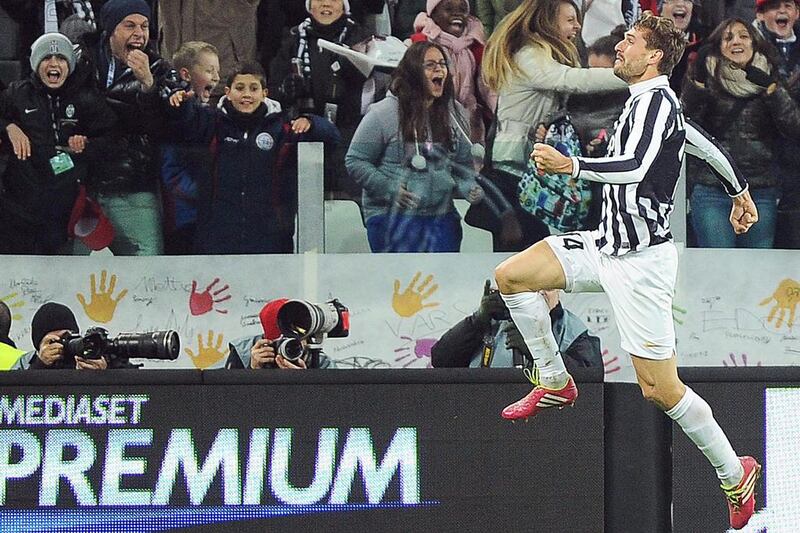For Sunday’s visit of Udinese, Juventus were ordered to close off an area of their stand, a punishment for “discriminatory language”, and one of several anticipated bans as Italian authorities adopt a zero-tolerance attitude to chants deemed insulting to citizens of different regions, notably southern Italians.
These closures have become a controversial topic. Napoli supporters, who have for decades endured mocking chants in the north, recently protested in favour of the right of opposition supporters to shout what many Napoli followers regard as standard barracking, on the basis it forms part of the game’s natural theatre.
The crackdown also draws criticism because it is seen as potentially blurring what should be a rigid line between regional references and crowd racism, a grave offence, whose elimination must be a clear priority.
Juventus’s response to the ban was innovative. The club invited, with the league’s approval, 12,000 schoolchildren to occupy the “closed” seats, free of charge.
A positive move, it seemed, one worth applauding. Except if you were Udinese goalkeeper, Zeljko Brkic, who pointed out that, under 13s though the majority of the children were, he was barracked throughout his team’s 1-0 defeat by an audible, high-pitched minority, with one obscenity – neither regional nor racist, mercifully – prominent in their vocabulary.
The message? If the crackdown is aiming to super-sanitise the language of all Italian football-goers, it may take several generations.
sports@thenational.ae
Follow us on twitter at @SprtNationalUAE






